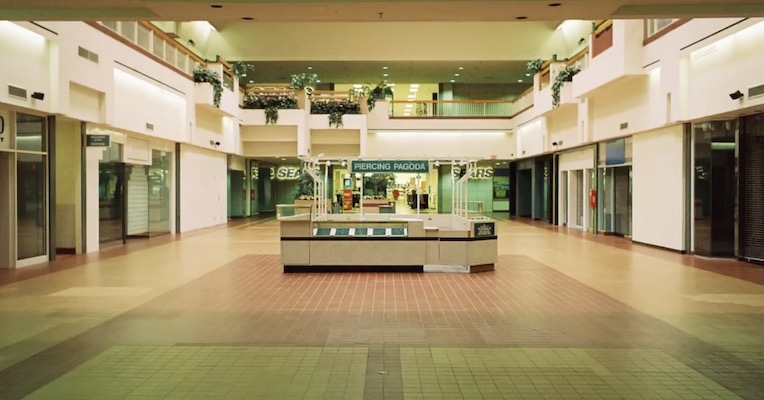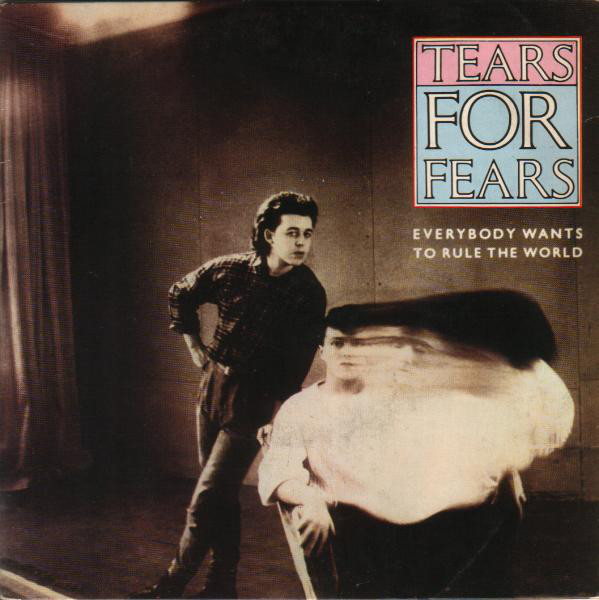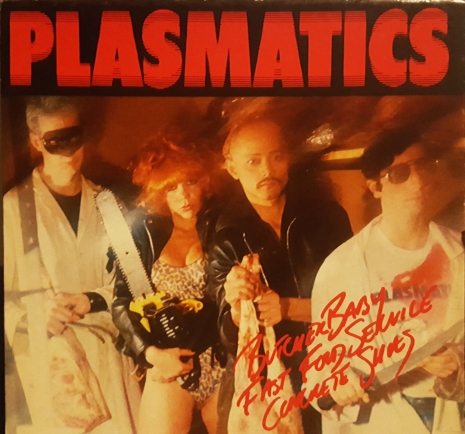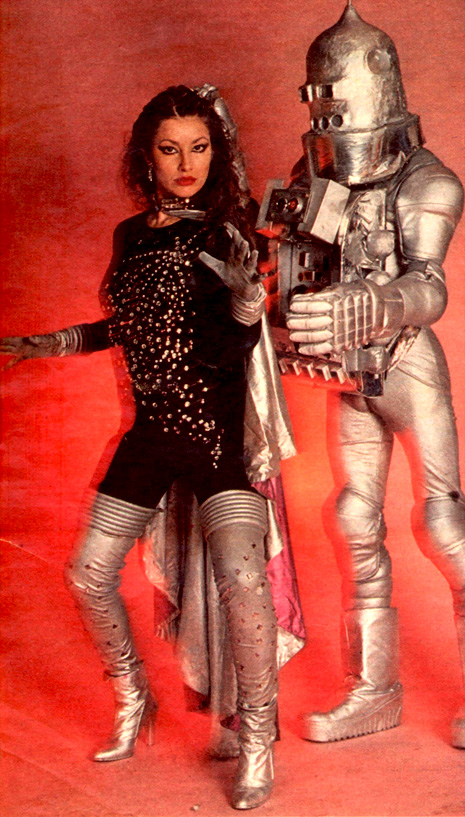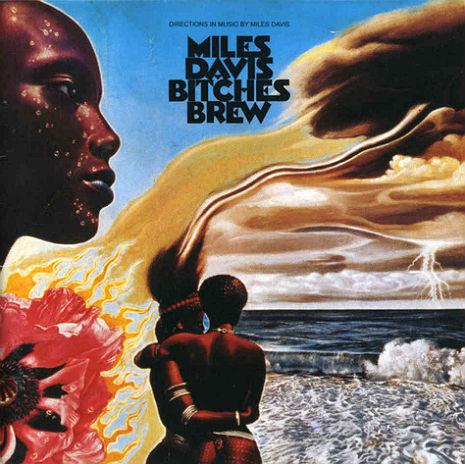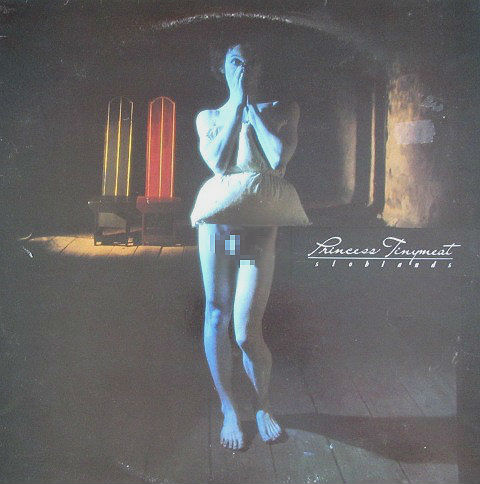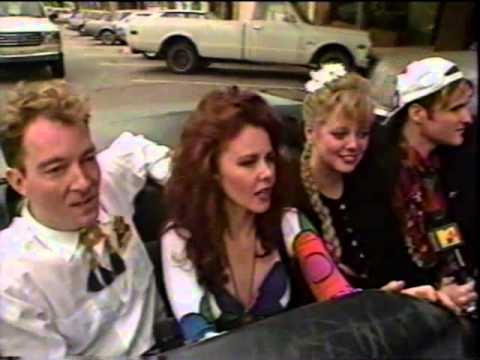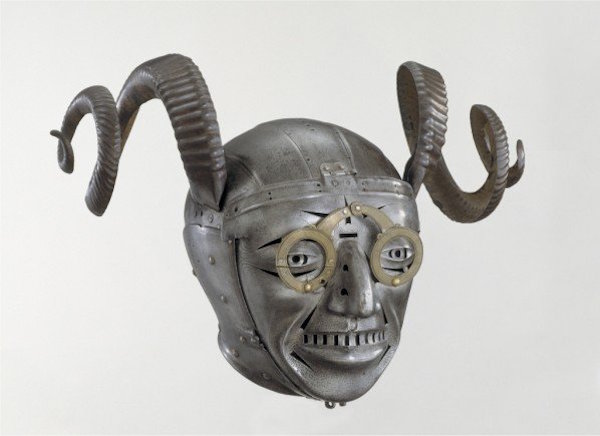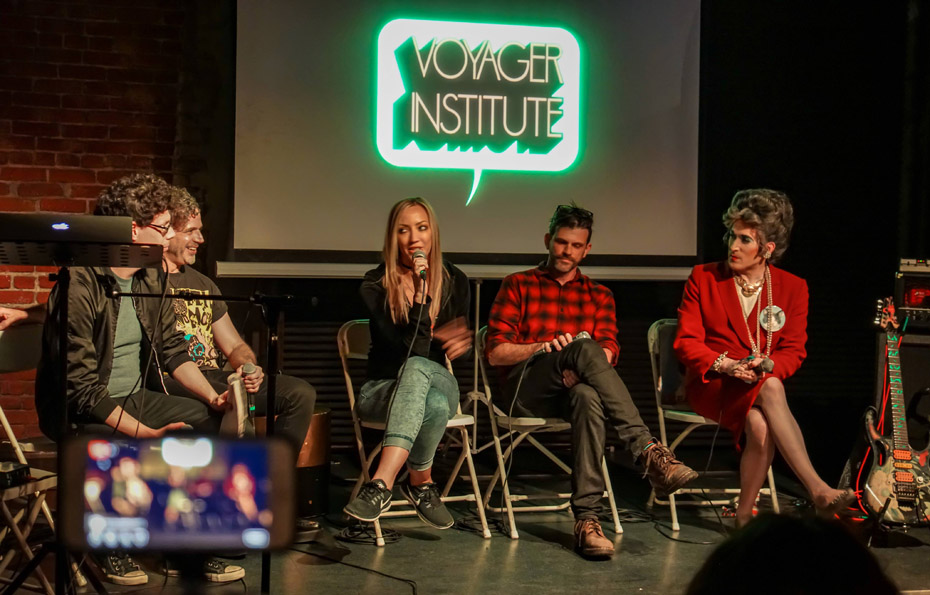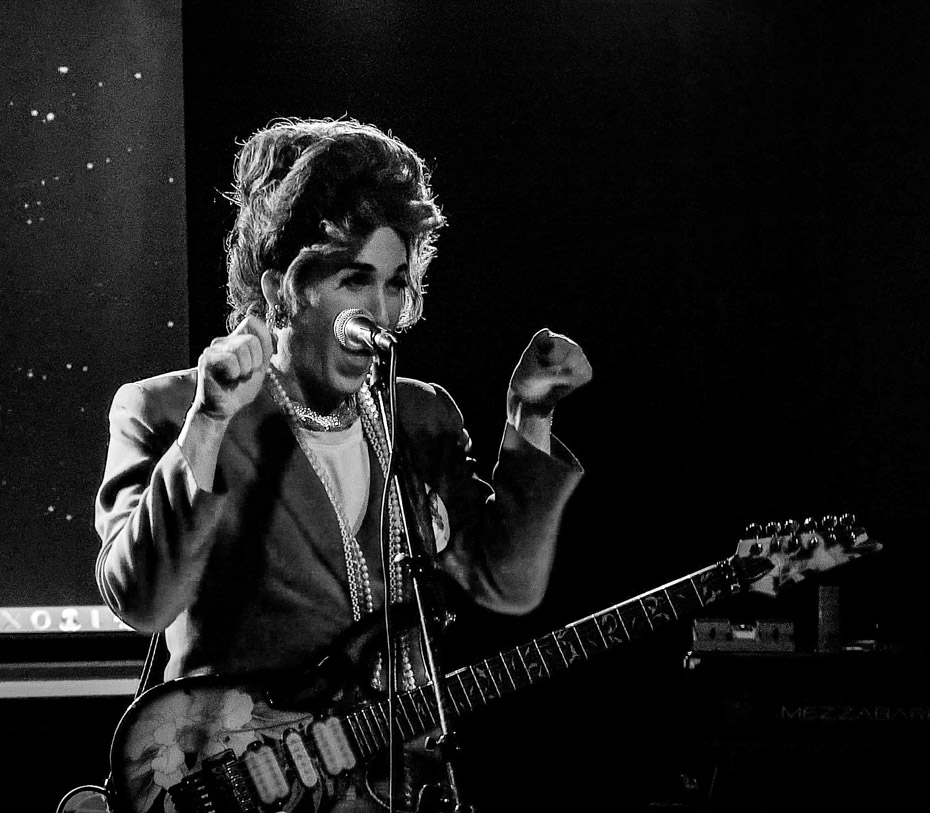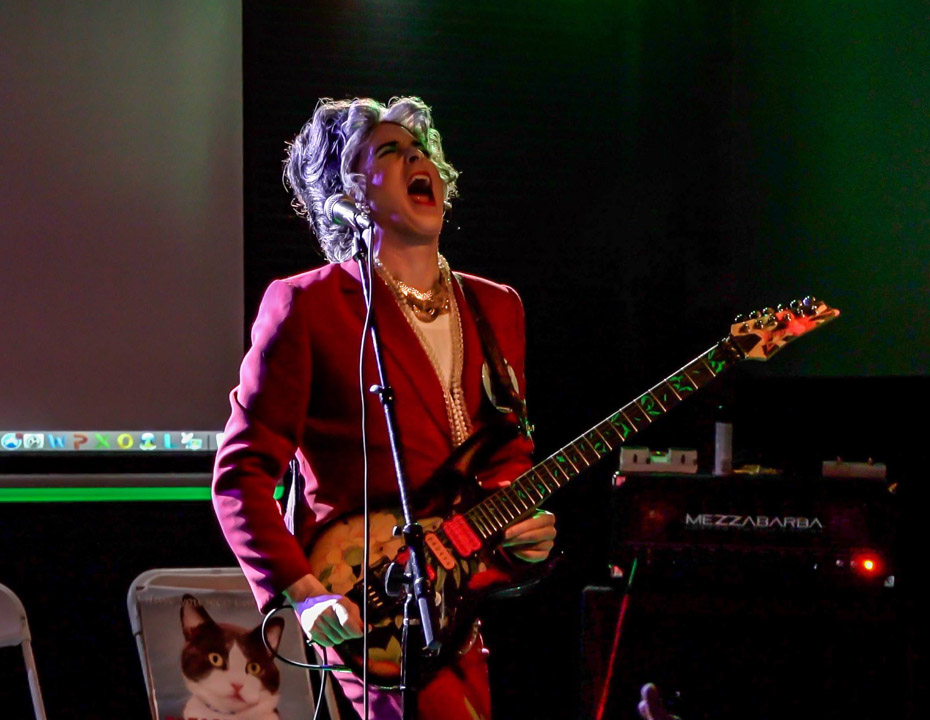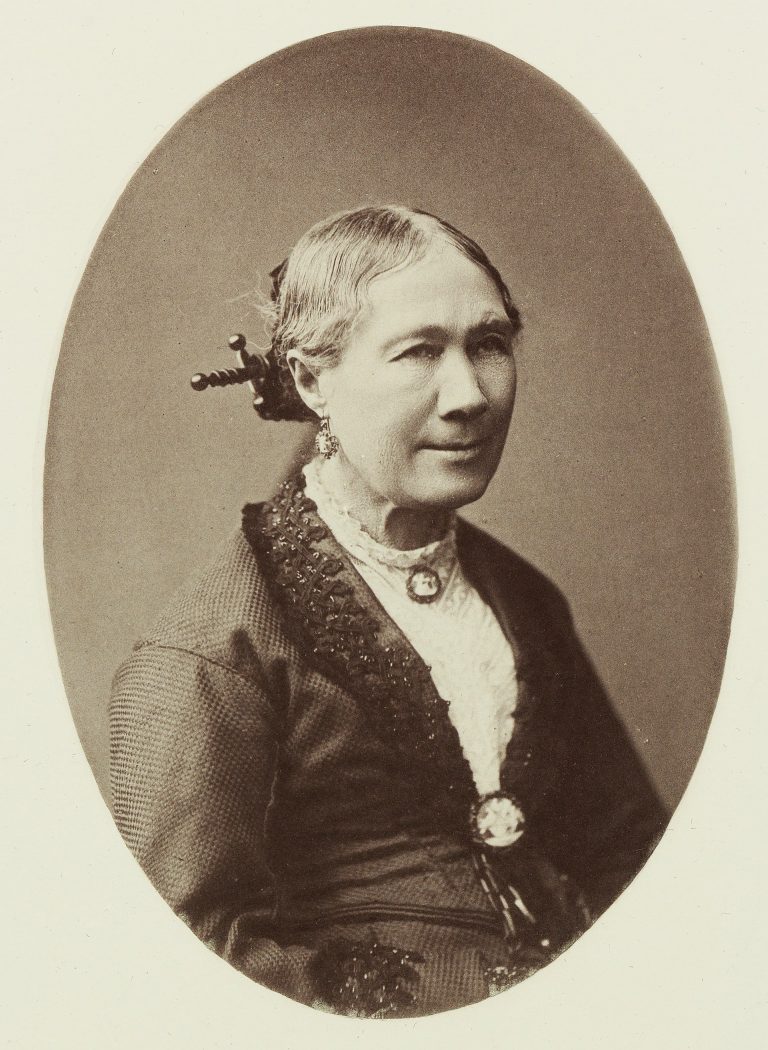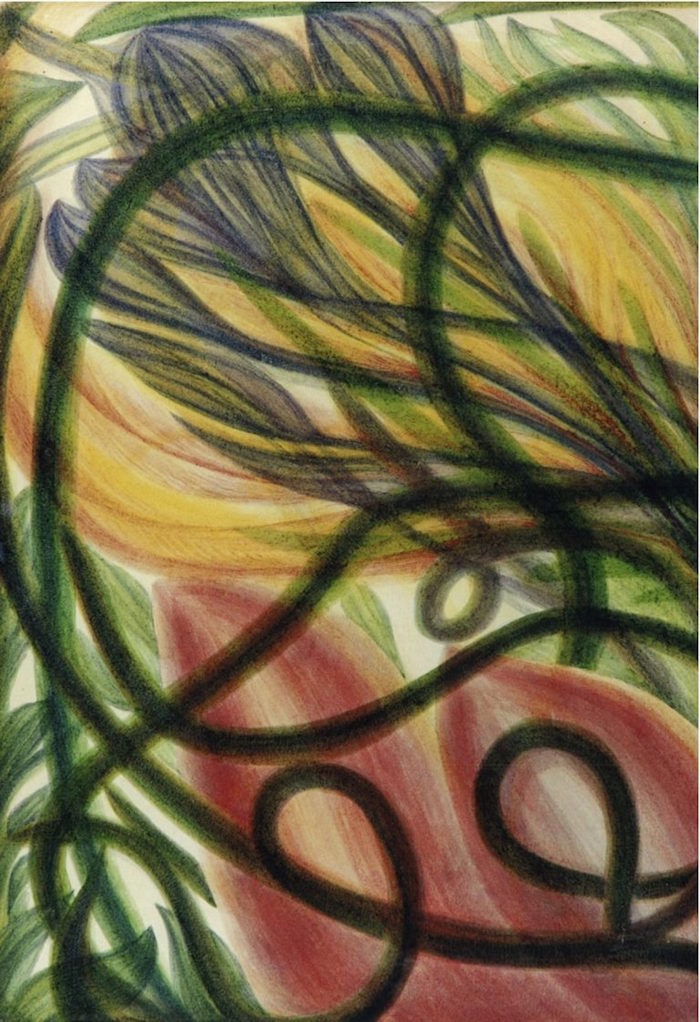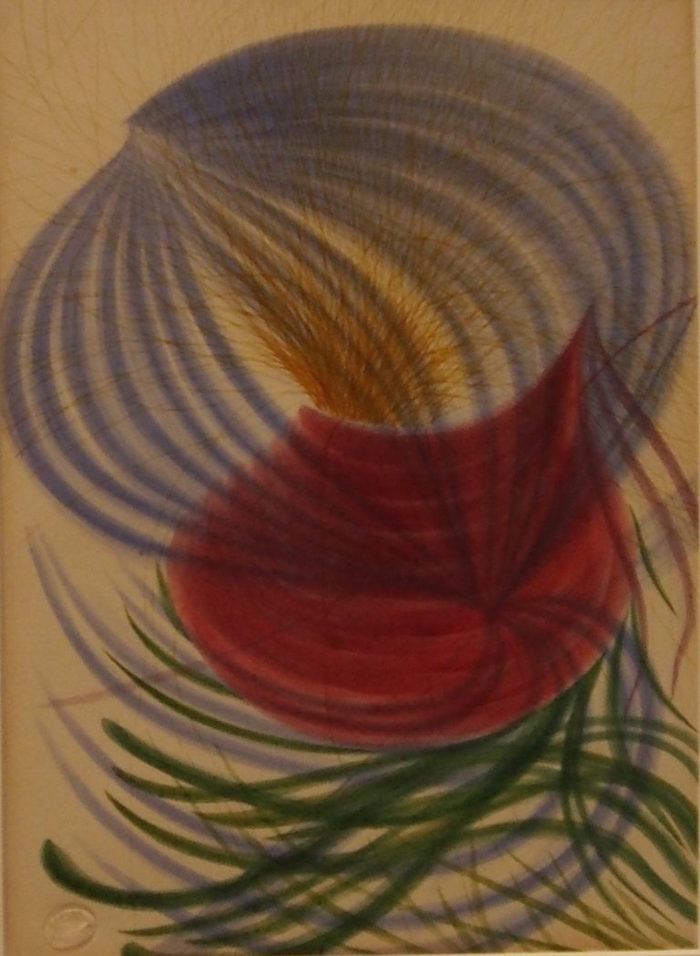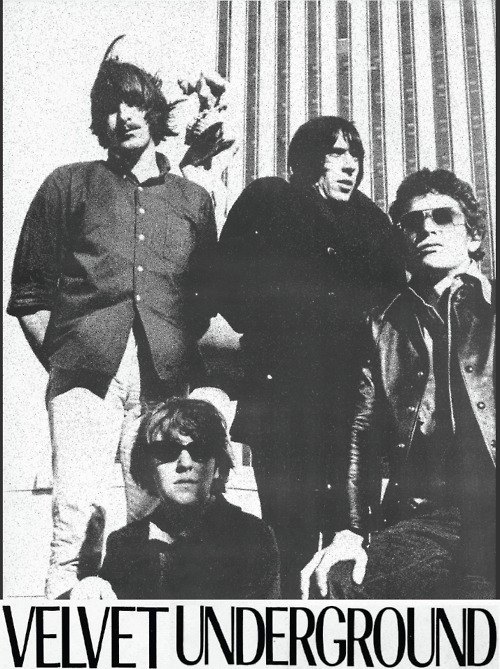
On December 11th, 1965, the Velvet Underground played at a high school in New Jersey. It was the first show the Velvets played for money, and the debut of the Lou Reed, John Cale, Sterling Morrison, and Maureen Tucker lineup. To say that not everyone enjoyed their performance would be an understatement, though some most certainly did. A subsequent negative review of the Velvets’ set so ticked off a faction of fans, that they felt compelled to respond.
The Velvet Underground’s first paying gig was booked by their manager, Al Aronowitz. The show was to take place at Summit High School, 25 miles from the band’s home base in New York City. The Myddle Class, another group managed by Aronowitz, would headline. When original VU drummer, Angus MacLise, got wind of it, he promptly quit. MacLise didn’t want to be told when to show up and play, and was turned off by the fact they would receive money (75 bucks) for their performance. Suddenly, the Velvet Underground needed a drummer—and fast.
Clippings from Plainfield, New Jersey paper, ‘The Courier-News,’ November 29th, 1965:
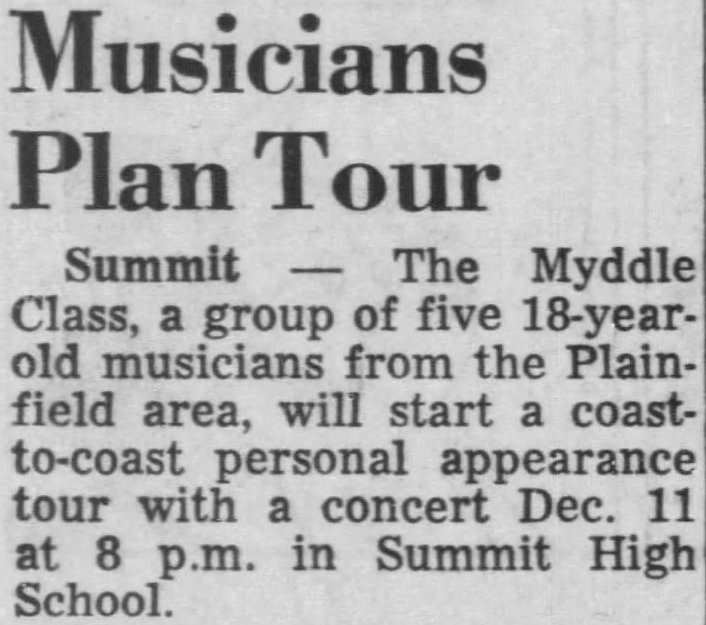

Maureen Tucker, the sister of a college friend of Reed’s and Morrison’s, who Reed had met once before, was quickly brought into the fold. Her first rehearsal with the Velvet Underground was the afternoon of December 11th. That night at Summit High, they blew everyone’s minds.
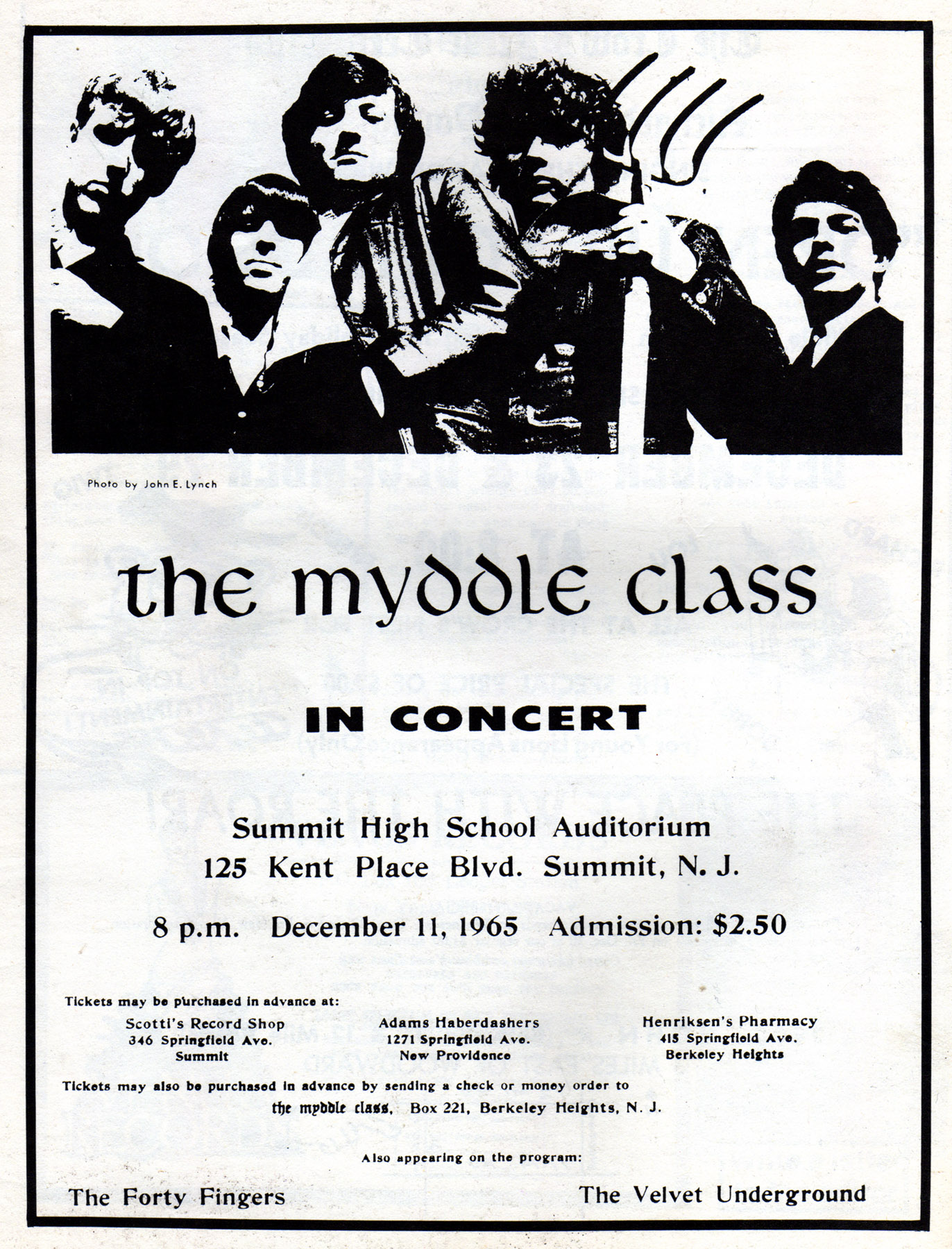
The Velvets were the second act on stage, and performed just three songs—but get a load of what they played: “There She Goes Again,” “Venus in Furs,” and “Heroin” (in that order). All three would be included on their 1967 debut, The Velvet Underground & Nico , but that night, the sold-out crowd of mostly teenagers would’ve been wholly unprepared for the taboo lyrics and avant rock of the VU. A good portion of the audience headed for the exits, but some stayed, intrigued by what they were witnessing. One attendee who dug it was Rob Norris, later of the power pop band the Bongos. Norris was also involved in the post-Lou Reed version of the Velvet Underground, playing guitar for the group during a 1972 European tour. In 1979, Norris wrote about the experience of seeing the group at Summit High.
, but that night, the sold-out crowd of mostly teenagers would’ve been wholly unprepared for the taboo lyrics and avant rock of the VU. A good portion of the audience headed for the exits, but some stayed, intrigued by what they were witnessing. One attendee who dug it was Rob Norris, later of the power pop band the Bongos. Norris was also involved in the post-Lou Reed version of the Velvet Underground, playing guitar for the group during a 1972 European tour. In 1979, Norris wrote about the experience of seeing the group at Summit High.
When the curtain went up, nobody could believe their eyes! There stood the Velvet Underground—all tall and dressed mostly in black; two of them were wearing sunglasses. One of the guys with the shades had VERY long hair and was wearing silver jewelry. He was holding a large violin. The drummer had a Beatle haircut and was standing at a small, oddly arranged drum kit. Was it a boy or a girl?
Before we could take it all in, everyone was hit by a screeching surge of sound, with a pounding beat louder than anything we had ever heard. About a minute into the second song [sic], which the singer had introduced as “Heroin,” the music began to get more intense. It swelled and accelerated like a giant tidal wave, which was threatening to engulf us all. At this point, most of the audience retreated in horror for the safety of their homes, thoroughly convinced of the dangers of rock & roll music. My friends and I moved a little closer to the stage, knowing that something special was happening. (from ‘Kicks’ magazine. Read his whole account here)
Not long after the show, an example of an opposing viewpoint was printed in a local newspaper. On the front page of the December 16th edition of the Sentinel, a brief review of the concert appeared in the teen column, “Suzie Surfer.”
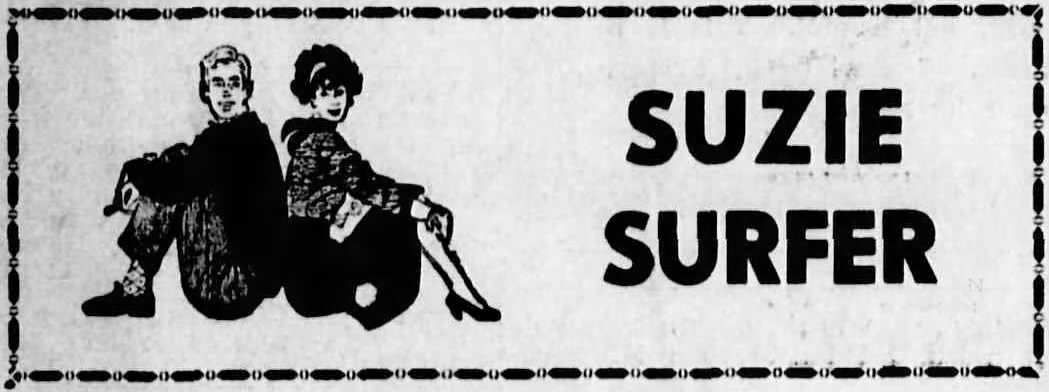
Ms. Surfer praised the headliners, though she obviously didn’t care for the Velvets.
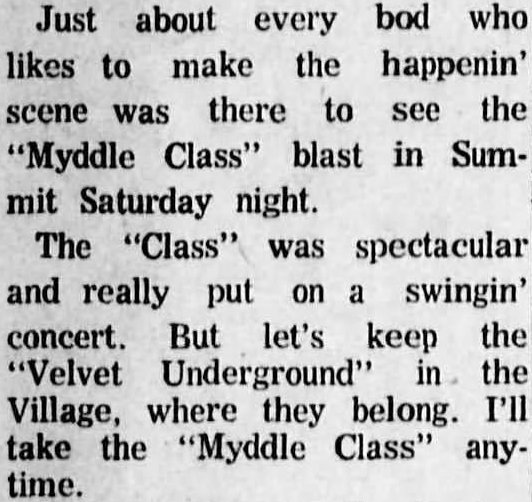
And, you know what? That’s fine. It’s completely understandable that the groundbreaking music of the Velvet Underground wasn’t going to instantly appeal to all—surely not someone who used “Suzie Surfer” as a nom de plume. At the time, though, a group of VU fans who didn’t care for Suzie’s comment really let her have it.


December 30th, 1965.
Ha! Priceless stuff, for sure, but who exactly were these Velvet Underground fans? My guess is that they were Summit High students, converted by what they saw and heard on December 11th. I suspected Rob Norris as having something to do with it, but I can find no indication that he was involved in its writing. Hey, if YOU had something to do with the brilliant rebuff, by all means, reveal yourself in the comments section.
As for the Velvets, they would move on to a residency at the Café Bizarre in Greenwich Village. It’s where future manager Andy Warhol saw them perform for the first time.

An animated documentary, The Velvet Underground Played at My High School, chronicling the 1965 Summit concert, will have its premiere in a few weeks.
Watch the trailer, after the jump…
